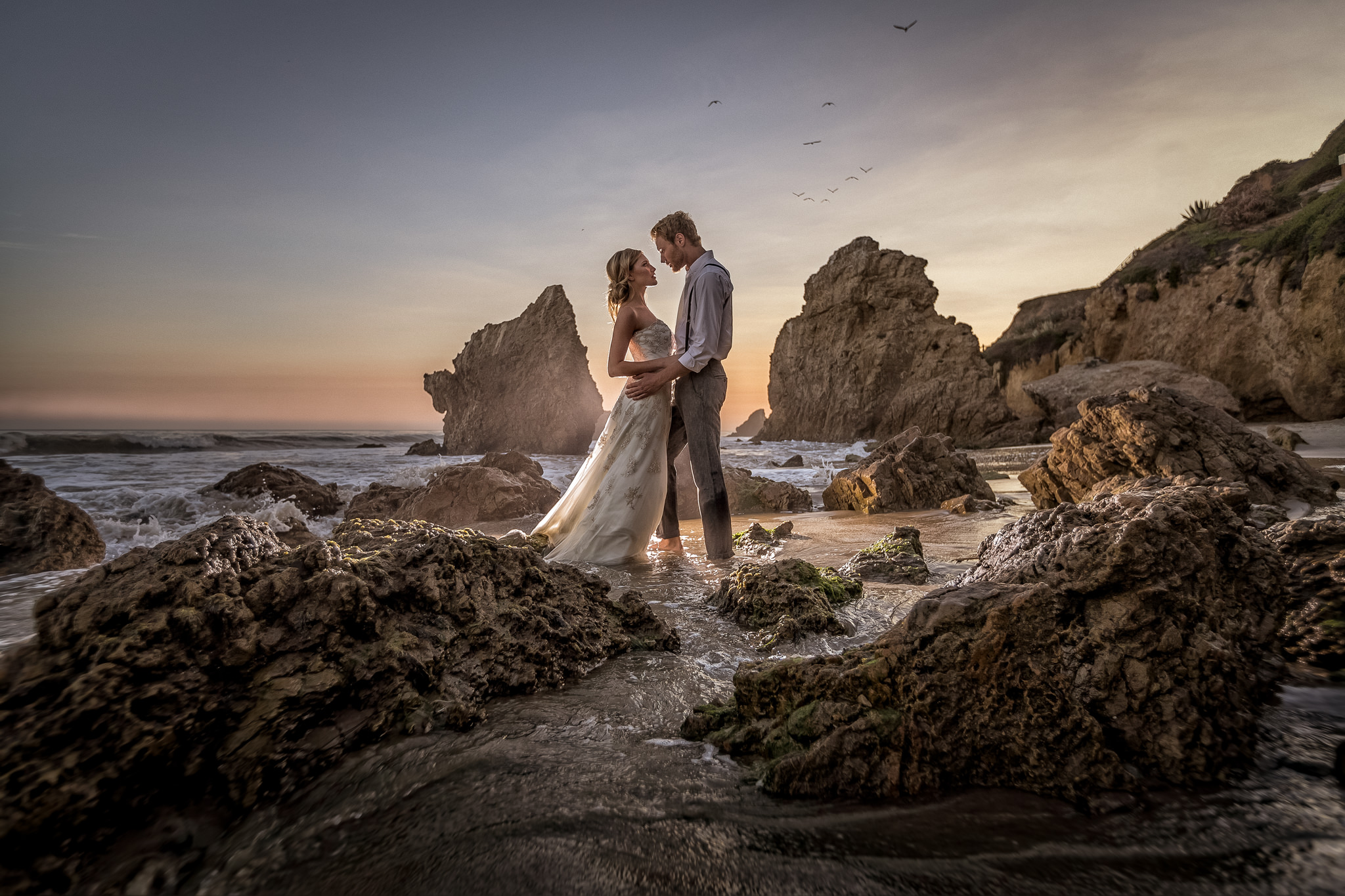I get asked often about our editing style, but one of the things that do not usually get asked of me is how do we set up the infrastructure behind our editing? We are an active studio, shooting over 150 weddings per year. In 2019, we are in growth mode and are building infrastructure to handle 400 weddings per year. That kind of workflow requires serious processing power on the back end. While we all know that a powerful computer is a must, we often don’t think about something as important as storage and backup. So today, I am going to cover a few things
- Computer build
- Storage Options
Now, today, I am not going to go over alternatives and different options that you can choose from very much. Instead, I am going to talk to you about what our studio uses without necessarily being brand specific.
PC VS Mac for Photo Editing?
This is a debate that will without a doubt leave me some nasty comments below. As always, do what works best for you. I started this blog on an iMac Pro and finished it on a MacBook Pro. I also spent 3 hours today updating and trying to troubleshoot a network connection problem between our server and our assistant’s iMac. When it comes to running a business, I am always going to be in favor of making the best financial decisions. In regards to the brand you choose as a production machine, PC’s have distinct advantages that I don’t think can be matched today from Apple’s lineup. Let’s talk real quick about those before going in too deep.
Components
PC’s will allow you to not only select your parts but also upgrade them independently from one another as newer components are released. The reason that we chose to go with a PC for our main production machines is that we can swap things out such as video cards, ram and network cards as needed to keep up to date with technology. Apple takes a bit of a harder stance on components. Components in all of their current machines are welded to the logic board, making upgrades nearly impossible
Software
Windows has come a long way in the past few years. I can’t think of any apps that I currently use that are not cross-platform. The thing that I prefer about windows is the ease of use when communicating with servers. The longer you are in business, the more important that data management becomes. As we will talk about in a little bit, Windows works better with servers, at least for someone with minimal tech knowledge. For the IT pros that will undoubtedly read this, keep in mind that most photographers will be setting up their networks themselves. In the past, I was hesitant to leave the Apple ecosystem because of iMessage and Airdrop, but Facebook Messenger/Whatsapp and Airdroid have negated those concerns.

Price
This is a big thing for me. I am not cheap by any means, but I don’t think that Apple offers enough value in it’s products to justify the 30% higher prices for work usage. When comparing laptops, that changes a bit for me, but for a desktop machine, I think that you get much better value with PC.
Our Production Machine Build
We selected components that would give us a balance between good performance for photo and video editing, although we do mostly the former. At the same time, we wanted to make sure that our machines would last a long period of time. These are the components that we selected for our build:
- Intel Core i9-7900X Processor
- Corsair Vengeance LPX 64GB (4x16GB) DDR4 2666 C16 Desktop Memory Kit for DDR4 Systems
- Samsung 960 PRO Series – 1TB PCIe NVMe – M.2 Internal SSD (MZ-V6P1T0BW) for the operating system
- GIGABYTE X299 AORUS Gaming 9 Motherboard
- Samsung 850 Pro 2TB for our working drives
- Corsair 750D Case
- Corsair CCX850M V2 Power Supply
- Intel X540T2 10-Gigabit Ethernet Card – IMPORTANT for fast file transfers
- BenQ SW2700PT Monitor
- Das Keyboard 4
- Corsair H100i Water Cooler
- EVGA GeForce GTX 1080 GAMING ACX 3.0
Why we chose these parts
We had selected all of the components after much research. You can use PC Part Picker to test the build together. We use Microsoft Windows Pro as our operating system. Important things to note here. It’s true that a significant improvement in Lightroom’s speed when using a high-end graphics card, so long as you enable the option for Lightroom to use the GPU for photo processing. Also, it’s important to make sure that you install a 10-gigabit network card because I am going to highly recommend that you move your production to a server of some sort to scale your business in the future.
Regarding assembling your PC, you can watch this video which explains the process reasonably straight-forward. PC building is a lot like putting together Lego’s after you do it a few times.
When it comes to performance, we opted not to overclock our machines. In the beginning, we attempted it but realized that we were seeing savings of milliseconds over using the stock clock speed. Gains were erased when factoring fixing the issue that came along with it.
As you can see here, to get a similarly specced iMac Pro, you would be spending about 30% more. If you have a monitor already, that number goes down even more. Because you can change the components here, the shelf-life of your system increases, so you are spending much less in the long run.

Our Data Management System
Data Management is an important part of our workflow, as it is with any professional wedding photographer. Our studio has multiple computers that need access to data at a given time, so we needed a system to serve all of that data. We opted to use network attached storage. Our model is a Qnap TS-831X with 10GB SFP+ Fiber ports. We run the system in Raid 5 and back up to offsite drives. Also, we have our server setup to sync with Backblaze B2 so that we can have triple redundancy. Expensive, definitely, but you can never be too careful. Final files are also backed up to N-Vu.
If you are looking at a system, I would highly recommend a NAS for most photography studios. That will give you the ability to edit on multiple systems. If you are operating as a sole proprietor with no staff, then a Thunderbolt 3 connected RAID 1 device would be a great option as well, but think about scale once you notice that business starts to pick up and you begin to fill those drives quickly.
Our editing software
We utilize Photoshop and Lightroom to process our images, and photomechanic to cull and keyword. Nothing extremely fancy. But our workflow does consist of editing thousands of images per week. Therefore, it’s extremely important to have a system that is able to handle that type of workload without giving you connectivity problems.
Performance
No scientific testing here, but we did run this machine against our base iMac Pro in a wedding export and smart-preview. In both cases, the PC was 17-25% faster for the testing. When you factor processing over a million images a year, any little time increase is a significant saving in terms of labor. Your goal as a business owner should always be spending the least amount possible to make the most amount of profit. We opted for this system because post-production is such a time-consuming task that it makes sense to spend a little bit extra to save time on the back-end.





